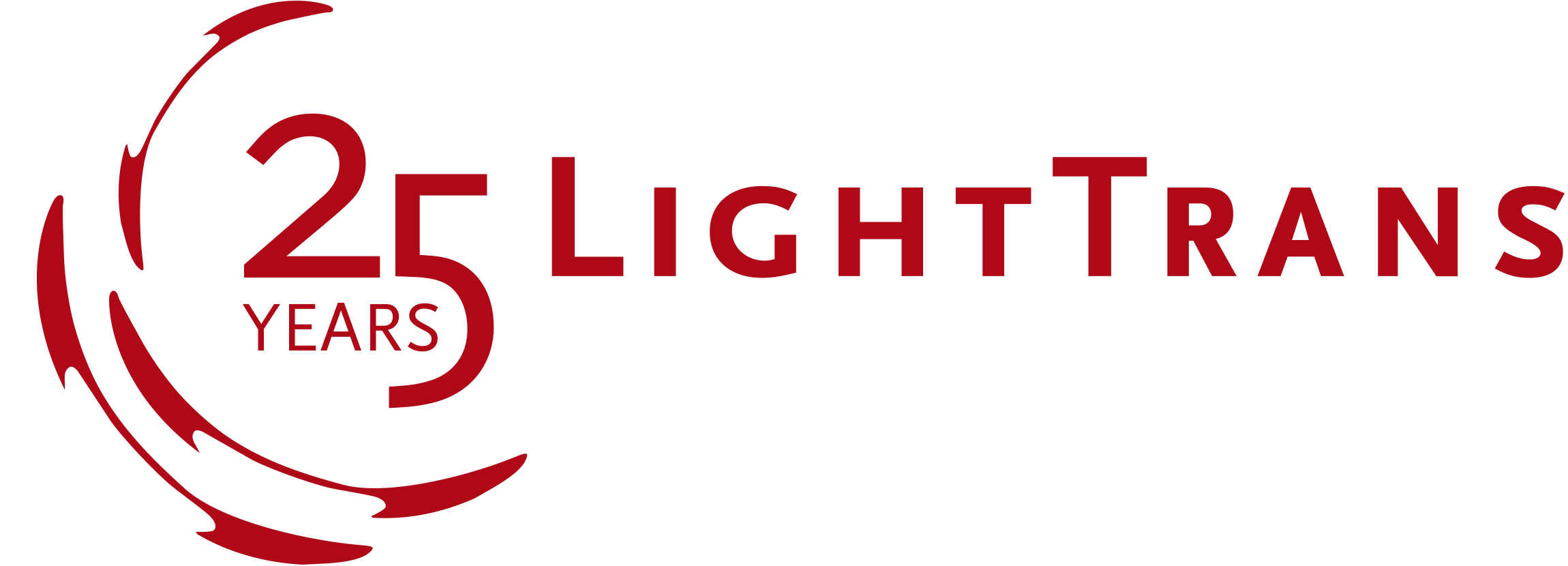What’s new in our Optical Modeling and Design Software?
Analyzing Resonant Waveguide Gratings
Resonant waveguide gratings are used for various applications due to their sensitivity to wavelength and polarization. We pick an example from the work of G. Quaranta et al. and analyze its diffraction properties in VirtualLab Fusion. Additionally, we investigate the angular selectivity/sensitivity of the selected resonant waveguide grating, and visualize the diffraction pattern behind it.
Read moreDemonstrating Abbe’s Resolution Theory
How to resolve better is one of the most important, and most prevalent, question in optics. Ernst Abbe gave his explanation on resolution in 1873 and his theory has played a role to this day. As was done first by Abbe, and then by many other scientists in their labs, we will demonstrate the theory of resolution in VirtualLab Fusion. Thanks to the grating component released in version 2020.1, we build up an imaging system with real chromium gratings as the object, and demonstrate the image formation throughout the system.
Read moreAfocal Systems for Laser Guide Stars
Laser guide stars – which are artificial “star” images tens of kilometers away – are important for the correction of atmospheric distortions for astronomical telescopes. The size of the star must be carefully controlled, and the slow-diffraction effect must be considered in the design so as to correctly predict the focal spot. We analyze and design such systems in VirtualLab Fusion and show how to configure the Fourier transform settings for such tasks.
Read moreBeam Clean-Up
It is often important to ensure good beam quality for many laser-based optical experiments and applications. Laser beams, in reality, may contain higher-order modes or exhibit wavefront perturbation, and consequently need to be cleaned up. A typical method is to use a spatial filtering setup, with two lenses and a pinhole in the intermediate focal plane, i.e. the Fourier plane. We build up such a spatial filtering setup and check how the pinhole size influences the output beam quality and power.
Read moreModeling Pinhole Diffraction within System
Diffraction effects are typically considered only at the exit pupil of a system and including intra-system diffraction (especially when it is caused by multiple truncations), as discussed by M. Mout et al., is a challenging task. With the innovations in Fourier transforms, you have direct and flexible control of the diffraction inclusion in VirtualLab Fusion 2020.1. As an example, we demonstrate the modeling of pinhole as well as surface aperture diffraction effects inside a low-Fresnel-number system, and compare the results with the typical exit pupil diffraction approach.
Read moreWhat's new in our VirtualLab Fusion Release 2020.1?
We are proud to present a new version of VirtualLab Fusion, in which we bring the connecting field solvers technology to the next level.
In order to adapt to different time zones worldwide, we will hold this webinar twice (all times CET):
8 July | 10:00 – 11:00 & 17:00 – 18:00
Read moreVirtualLab Fusion Release 2020.1
We are pleased to announce the VirtualLab Fusion Release 2020.1!
All VirtualLab licenses with update service till 1st quarter 2020 are granted the update to this version.
Automatize Your Simulation Tasks
For the analysis of modern optical devices and systems, engineers often need to execute a large amount of simulations to gather and sort the results, so as to fully study the optical design. To assist with such tasks, VirtualLab Fusion provides a flexible inbuilt programming language, which allows, for example, for the automatic saving of the simulation results. Moreover, it is possible to access VirtualLab Fusion simulations externally (via MATLAB or Python), giving you the full possibility to further analyze the simulation results.
Read more











